|
Using photos of faces for drawing reference WILL make you a better artist. There's no question in my mind! Recently an awesome reference photo was shared in my Facebook group. Seeing this post got me thinking about how GORGEOUS the reference image was, for so many different reasons.
My teacher brain spiraled about all the things I needed to tell you! Hence... the LIVE. This video is a MUST SEE for you if ...
Here's the post that inspired today's LIVE...
I know, right?!
I'm not watching Yellowstone right now, but clearly I should be ;)
Before we get into how amazing this image is and WHY, you need to download my FREE 4-page cheatsheet packet called the Face Drawing Cheatsheet Bundle. This will help you SO much if you're just learning how to draw a face, or if you want to improve your face drawing skills. The info inside works beautifully whether your'e drawing a man or a woman.
The bundle includes my Face Drawing Guidelines, Shading Guide, my How to Draw Eyelashes Guide, and a Face Base / Face Drawing Template if you feel like you don't want to fuss with drawing proportions and would rather cut something out that can be traced directly into your art journal or sketchbook. Simply click on the button below and I'll send the packet right over.
After you get your packet downloaded and are ready to practice, you can join me in this live stream video, or feel free to check out this playlist of How to Draw & Shade a Face in 5 Minutes if you feel like this LIVE is a little too advanced for you.
When you're ready, join me back on the live stream because I have some really cool face shading tips to share with you - whether you're drawing faces for beginners, or a more advanced artist!!
Reference photo drawing is super helpful for both whimsical drawing (semi-realistic drawing) and realistic drawing. References make a HUGE impact on your work.
They actually make your job as an artist EASIER because they give your brain a little break (you don't have to think up a zillion details to include in your drawing), and they give you ALL the "answers" your brain needs to observe in order to create something amazing. To get you started on finding faces for drawing reference, you need to find an image you love! Here is a page right out of my How to Draw & Find Your Style book that talks ALL about reference photo drawing.
While this model is gorgeous, and I totally want to draw her too - if you look closely at all the gray tones in this photo- you'll see they're all basically THE SAME! That means this image really isn't the best choice to use as a face drawing reference.
It's better to choose an image that has ALL the values in the value scale represented from the lightest light, to the darkest dark. Why? It will make the drawing easier for you to draw, and your drawing will look fantastic because you're using every shade of gray in the value scale. If you're new to value scale drawing, today's video will help you out. You can also check out this one to learn how to create your own value scale using pencils. This is also an exercise members of the Fun Fab Drawing Club and Mixed Media Society do right from the beginning. I highly encourage you to create one for yourself!
If you're not sure if a face drawing reference image you've selected will be great for drawing, just print it in black and white with your printer. This is a super easy way to convert a color image to black and white, and it's actually better to draw with anyway! This is especially helpful if you're drawing in graphite, because it's tough to replicate what you see in color using grayscale pencils.
Sometimes, I use reference photos PURELY for the shading information. Today, I'm going to show you how you can even use the face shading information from one photo to create a totally different drawing! It's really kinda magical, and why my face shading guide in this cheatsheet packet is SO VALUABLE! Make sure you grab that download if you haven't yet :) Then click over to the video to watch how I "steal" the face shading inspiration from Yellowstone dude's photo to guide how I shade the face of a completely different drawing of a woman.
Pretty Cool, right?!!
Thanks for hanging out with me today!! And in case you're wondering if I did actually draw Jamie from Yellowstone- I totally did, and shared him in our Facebook Group for Awesome Art School ;)
I also turned this into a real time drawing lesson and dropped it into The Fun Fab Drawing Club "Dudes" classroom for my beloved club members like Heather!
❤️ CHECK OUT ALL my art books on AMAZON ❤️ MY FAVORITE ART SUPPLIES on AMAZON ❤️ MY BELOVED FACEBOOK GROUP ❤️ FOLLOW ME ON INSTAGRAM
1 Comment
In today's toned paper drawing video, we'll build on what you learned last week, and put the value scale to work drawing and shading a sphere. First we'll study the values we see on a reference photo. Then I'll show you some quick ways for drawing shadows and the highlights you see in the reference on both white and toned paper.
If you missed last week's drawing YouTube video - you might want to check that out first, because I talk about toned paper sketchbooks, drawing supplies and more.
I've also got a FREE 5-page toned paper PDF for you to download and use as a reference while you're playing along at home. This will help you TONS with understanding the value scale, drawing shadows and drawing highlights. Plus you'll get a list of my FAV toned paper sketchbooks and drawing supplies to set yourself up for success! Simply click the button below, and I'll shoot it straight over to your inbox.
I've included a reference photo of a sphere in black and white in the Toned Paper Packet.
Before we dive into drawing and shading a sphere on toned tan paper- I want to make sure you understand how to use the value scale to draw a sphere on white paper first.
I added "polka dots" in my cheatsheet reference image for you to indicate where your eye should be registering value changes that you need to replicate in your drawing.
Be sure to click over to the video to see this in action!
Last week I scribbled beneath each value scale dot with an example of the drawing pencil that can help you achieve each value. If you're a beginner with shading, this will come in really handy when you're ready to start drawing shadows we see in the reference image on your own paper. And as always- when you're working with me- you don't have to use fancy supplies. You can also do this entire exercise in one #2 school pencil.
As you'll see in the video- today's shading practice is really all about me trying to make sure you understand the concept of how to look for values in a reference, and how to record what you see on your drawing. Your execution doesn't have to be perfect or even look that great -just lay down some value and do a little down and dirty practice!
When working on white paper - you need to cover every single shade of the value scale except white in your drawing. When you're drawing on toned tan paper (or toned grey paper), you're "responsible" for adding all the shades of the value scale EXCEPT for the mid-tones, because those shades are represented by the tone of the paper. Pretty cool, right?! For my sphere example on toned paper I'm starting with my white china marker (also called a china pencil or grease pencil) and adding in the lightest highlights I see in my reference image, then start adding in my darkest shadows with my black china marker. I use a little graphite to blend a bit of the midtones and use my blending stump ot help. (The china marker doesn't really blend, so just be prepared for that!)
If you're new to working with china markers - all you need to do to sharpen your pencil is to pull on the string and then pull off some of the excess paper wrapping. If you're interested in learning MORE about china markers - I've got a video for you.
I love using the sides of my china markers to lay wide areas of color down, and don't mind the blunt tip. If you prefer working with something that gets to a sharper point - you might want to work in colored pencil.
There is a constant push/pull of working the values and studying your reference photo to make sure you're depicting the values in your drawing correctly.
If you'd like to work on drawing a sphere in more detail through a full lesson - I've got one of these in The Fun Fab Drawing Club.In this one - we draw it in pencil on white paper. Currently enrollment for both of my clubs are closed at the moment- but you can add your name to the waitlist for the drawing club here, and mixed media club here. I'll let ya know as soon as doors open again!!
Next week on my YouTube drawing channel - we will be drawing and shading a face so you can practice these new skills in a different way!
Need the link to that Toned Paper Packet one more time? Here ya go! Click the button below and I'll send it right to your email!
And of course don't forget to watch the video....
Thanks for hanging out with me today!
If you're in the Mixed Media Society with me, our GNOME WORKSHOP (hosted by guest artist Sarah Turner of Tenderfoot Villange and I) opens today (June 1st)! You DO need a special code from me to enroll for free. If you haven't already received that- please email me for help so you can enjoy this club perk!!
Not in the Mixed Media Society, but still wanna make these TWO adorable gnome projects?! I GOT YOU!!
❤️ CLICK HERE to enroll for $27 at Awesome Art School ❤️Did you miss my Fun Fab Fairies Workshop? NO worries!! You can STILL sign up and enjoy each of these lessons on your own time at your own pace in this stand alone classroom at Awesome Art School! CLICK HERE to REGISTER.
❤️Did you know I've started a FUN new podcast with my Scottish, artsy bestie, Lucy, ALL ABOUT SCOTLAND & the mythical goodness I can't get enough of about this magical place?! YES - we talk about everything including ARE Fairies Real?! (You know I think they are!!)
The podcast is called 1 Scot, 1 Not! Check us out on YouTube and here's our podcast website! ❤️EVEN BETTER - LUCY & I are creating a NEW ART MEMBERSHIP together called The Celtic Collective!! Learn More & add your name to the waitlist here.
❤️Want FREE, immediate access to my Fun Fab Drawing Club and/or Mixed Media Society plus discounts on all my art books, sneak peek at YouTube videos and new book content, behind-the-scenes fun and MORE? Join me over on Patreon today and get HUGE PERKS in return for a small monthly donation.
❤️ CHECK OUT ALL my art books on AMAZON (available in both Kindle and Paperback) ❤️ SIGNED COPIES of my art books on ETSY ❤️ MY FAVORITE ART SUPPLIES on AMAZON ❤️ MY BELOVED FACEBOOK GROUP ❤️ FOLLOW ME ON INSTAGRAM
If you've always wanted to try toned paper drawing, but didn't know where to start - TODAY's VIDEO is FOR YOU! Join me for a quick value scale lesson about drawing shadows & highlights. Then I'll show you a few examples of my own toned paper drawings, while I give ya a sneak peak at my new toned paper drawing cheatsheets AND talk toned paper sketchbooks & drawing supplies.
Before we continue, super quick announcement: All product links are Affiliate. I may earn a small commission if you choose to order through these links but by law there is never any additional cost to the consumer for doing so. I thank you for your support!
If you're a long time subscriber of mine on YouTube Drawing Channel or Mixed Media YouTube Channel - you know I'm ALL about giving away FREE resources to help you become an Awesome Artist! Today I've got a brand new 5-page PDF to help you learn how to draw on toned paper. Simply click the button below and I'll send it straight to your inbox!
This will help you TONS with understanding the value scale, drawing shadows and drawing highlights, plus you'll get a list of my FAV toned paper sketchbooks and drawing supplies to set yourself up for success!
Before we get started with toned paper, there are a few key concepts you have to understand about drawing on white paper FIRST. Once you've got these down - drawing on toned tan paper or grey toned paper will be a snap!
To help you understand this lesson - I'm pulling out my How to Draw & Find Your Style book for reference.
To make your drawings REALLY come alive, you want to have variations of value represented within your drawing to make it look more 3-dimensional and sophisticated.
The more variations of value you show in your drawings, the more advanced your work will look.
If you have my How to Draw & Find Your Style book at home - I'm looking at pages 101+ and giving a demo about how to recognize values in a drawing reference photo so you know how to replicate shadows and highlights when you're drawing.
When you're looking at a face drawing reference photo, it can be helpful to scan the image to get an idea of where the lightest lights, mid-range grays and jet black values appear. I've noted those with little boxes to help you find them more quickly.
In today's new cheatsheet, I've created circles in various shades of gray to help you think about each value you want to show in your drawing somewhere. Click over to the video to see which drawing pencils I'm using to achieve each of these shades. 
If you're new to shading faces it can help you to have a little cheatsheet next to you like this for reference to remind you which pencils help you achieve which value.
Keep in mind you don't HAVE to have a wide range of special drawing pencils to do this.
If all you have at home right now is a number 2 school pencil- you can work on varying the pressure you use while you're shading to help you achieve differences in value.
Toned paper traditionally comes in two shades - gray and toned tan paper (be sure to click over to the video because I go through my favorite toned paper sketchbooks).
When I'm working on toned paper, I often will end up using a black and white drawing pencil or pen, and using the gray or brown of the paper as my third main value. I also tend to use line weight to represent value like in these quick toned paper sketches below.
In my free PDF, you'll see exactly what my favorite pads of toned paper sheets are and which drawing instruments I love to use most when working with toned paper.
Click here to grab that download if you haven't already - or press on the button below!
Thanks for hanging out with me today!
I'll see you back here next week to draw and shade a sphere on toned paper. The following week we'll draw a face! ❤️Did you miss my Fun Fab Fairies Workshop? NO worries!! You can STILL sign up and enjoy each of these lessons on your own time at your own pace in this stand alone classroom at Awesome Art School! CLICK HERE to REGISTER. ❤️Did you know I've started a FUN new podcast with my Scottish, artsy bestie, Lucy, ALL ABOUT SCOTLAND & the mythical goodness I can't get enough of about this magical place?! YES - we talk about everything including ARE Fairies Real?! (You know I think they are!!) The podcast is called 1 Scot, 1 Not! Check us out on YouTube and here's our podcast website! ❤️EVEN BETTER - LUCY & I are creating a NEW ART MEMBERSHIP together called The Celtic Collective!! Learn More & add your name to the waitlist here. ❤️Want FREE, immediate access to my Fun Fab Drawing Club and/or Mixed Media Society plus discounts on all my art books, sneak peek at YouTube videos and new book content, behind-the-scenes fun and MORE? Join me over on Patreon today and get HUGE PERKS in return for a small monthly donation. ❤️ CHECK OUT ALL my art books on AMAZON (available in both Kindle and Paperback) ❤️ SIGNED COPIES of my art books on ETSY ❤️ MY FAVORITE ART SUPPLIES on AMAZON ❤️ MY BELOVED FACEBOOK GROUP ❤️ FOLLOW ME ON INSTAGRAM ❤️ FOLLOW ME ON FACEBOOK
Today we're doing some EASY pencil shading techniques to add drama to our three quarter portrait face drawing! This is part two of my 3/4 face drawing series on my Drawing Channel over on YouTube.
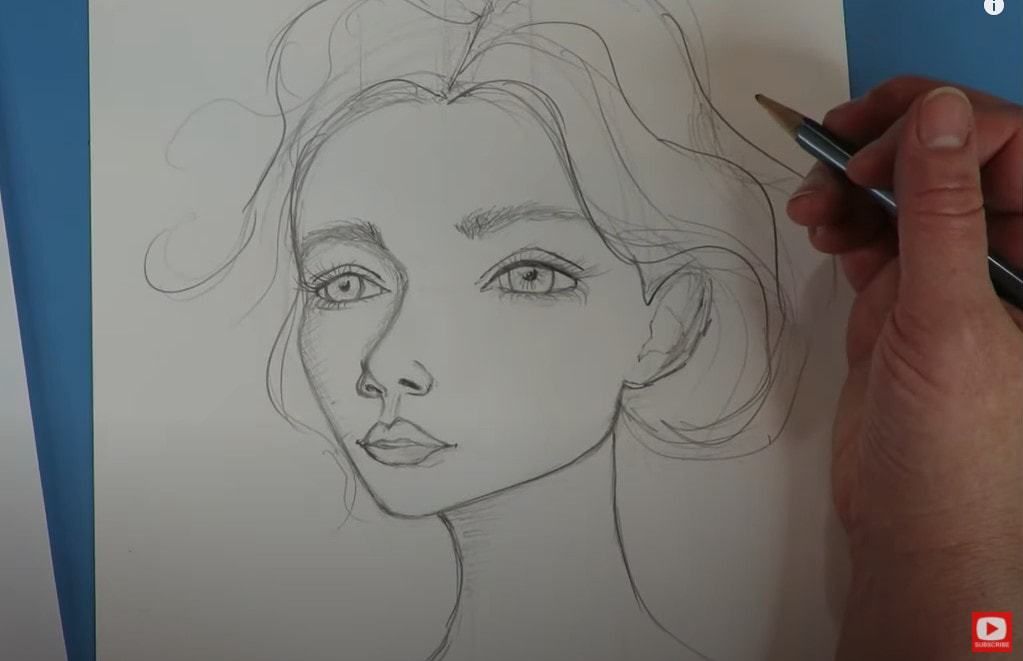
If you missed the first episode, make sure you click the button below to download my FREE 3/4 view face drawing guidelines so you can draw along with me in episode one.
Once you've got your three quarter portrait guidelines printed and you're all set to begin practicing, click here so you can draw this girlie along with me in episode one. When that video is over, today's shading video should begin automatically so you can keep on going!
I used the same photo reference to give me some face shading ideas today as I did to sketch my original 3/4 portrait for this series.
Even though my drawing is semi-realistic / whimsical, I feel it makes a HUGE difference in my work if I use a reference photo to tell me where I should add in shadows, and how dark they should be. One of the fun things about drawing in a whimsical style, is I can mix and match reference photos for my work and use them in different ways. For example, I really LOVE the dramatic shadows and highlights in this image (below). If I'm shading a face in pencil, I feel like it's super helpful to use a black and white shading reference like this one...
Before we continue, super quick announcement: All product links are Affiliate. I may earn a small commission if you choose to order through these links but by law there is never any additional cost to the consumer for doing so. I thank you for your support.
In my How to Draw and Find Your Style book, I talk in depth about how to take advantage of the value scale when you are shading, because it adds so much more depth and dimension to your drawings and sketches. The more tones you incorporate into your drawing from the value scale like bright white highlights, and dark black shadows, the more sophisticated your work will be.
In today's shading tutorial I'm using one of my Blackwing pencils (TOTALLY unnecessary, but I SO LOVE THEM!!!). This one is equivalent to about a 4B, but you can absolutely use a simple #2 school pencil, so don't stress about your supplies! I start applying graphite by looking at my reference photo for the darkest areas first. When I'm shading, I often use the side of my pencil to begin. My initial layer of shading is very light and almost scribbly. After I have a light layer of shading down, I use my blending stump to "moosh" the graphite around. In this particular reference photo, the model is very light skinned, so I actually use the cleaner side of my blending stump to work my shading in and around the face. If I lay down too much, I simply pick a bit of that graphite back up with my eraser and moosh some more! For the darkest areas, I use the super dirty side of my blending stump.
When you're starting out with drawing and shading, I think it's SOOOOO much easier to practice in a whimsical drawing style. It just takes the pressure off and keeps things light and fun! And if you're having fun...you'll practice more, and if you practice... your skills will only grow and improve!!
When my first layer of shading is done, I go back for a second layer of shading to really punch up my details that could have been lost while "mooshing" my graphite around with my blending stump. This is where the drama starts to come in!! Sometimes it can also help you to look at a reference photo with squinted eyes. It may sound funny, but doing this can often help you see darks and lights a bit more. The objective of shading for me is to use the WHOLE value scale. So you'll see me use a black colored pencil for the darkest darks - found in the crease of her lips and in her pupils. Additionally, for my brightest white highlights, I will typically carve out some of the graphite I already put down with an eraser.
I hope you have fun with this face shading practice!! Please stay tuned for next week's video. I'll be shading another 3/4 portrait using copic markers.
Thanks for hanging out with me today!
Wanna learn more about my How to Draw & Find Your Style book? Press play below to see the flip through of EVERY PAGE! |
Karen CampbellFounder of Awesome Art School. Mixed Media Artist. Author of 19 Instructional Art Books! Whose work has appeared in...Archives
July 2024
Categories
All
|
|
"Karen is flipping hilarious and she's very real...I like the way she teaches in a way that really gives you confidence, whether you're a beginner or advanced there's always something new to learn!"
- Elizabeth W. |
What Fans Are SayingKaren, you are absolutely fabulous! You make me feel like I can draw anything. I have recently retired and finally have the time to do some of the art that I have loved since I was in school. I am really at the beginning of my art journey and I hope to learn as much as I can. Thank you for all you do. |
Contact ME |


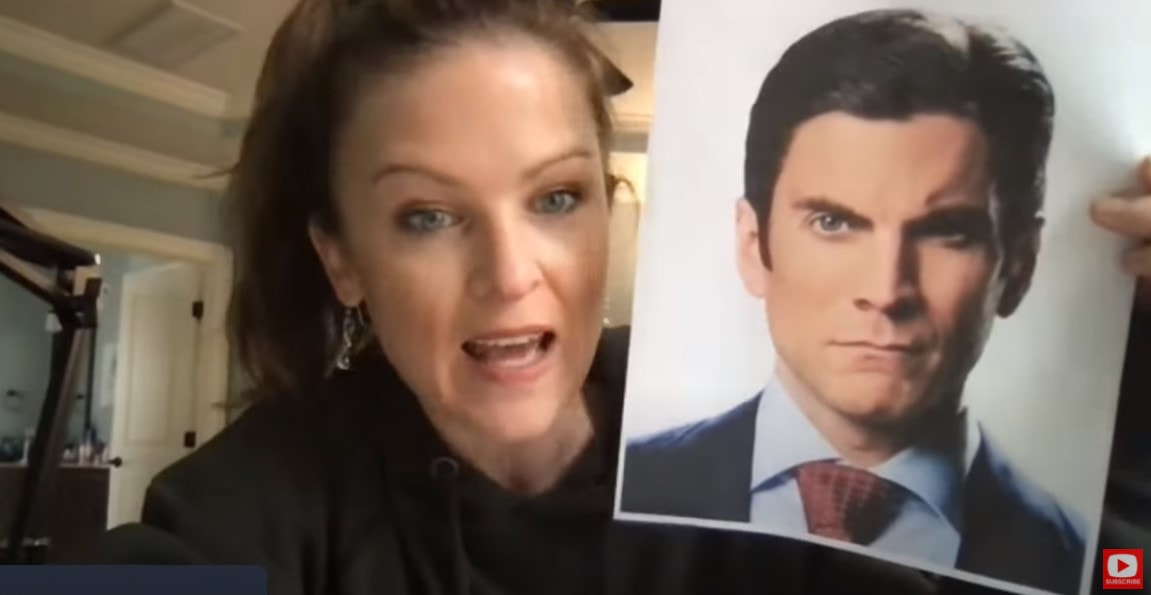


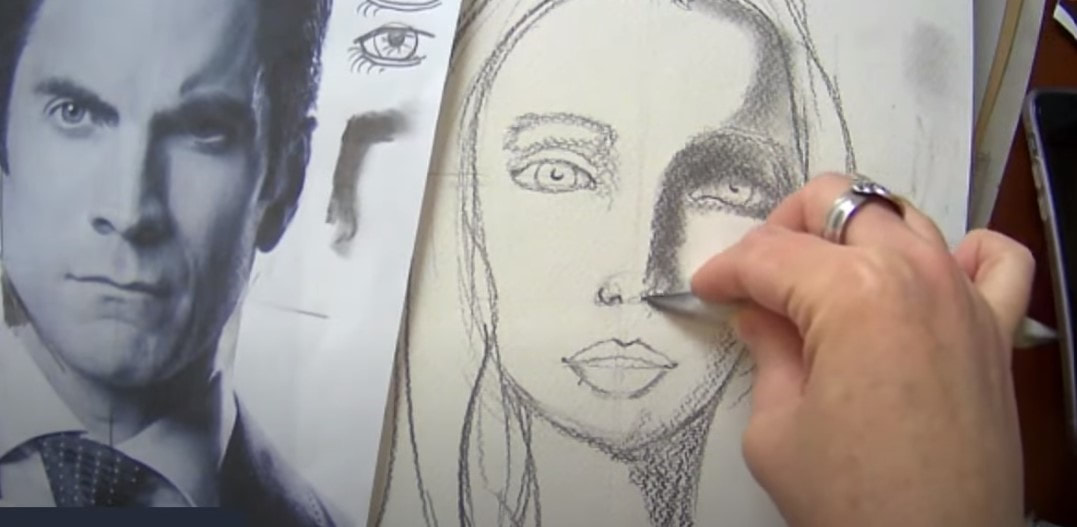
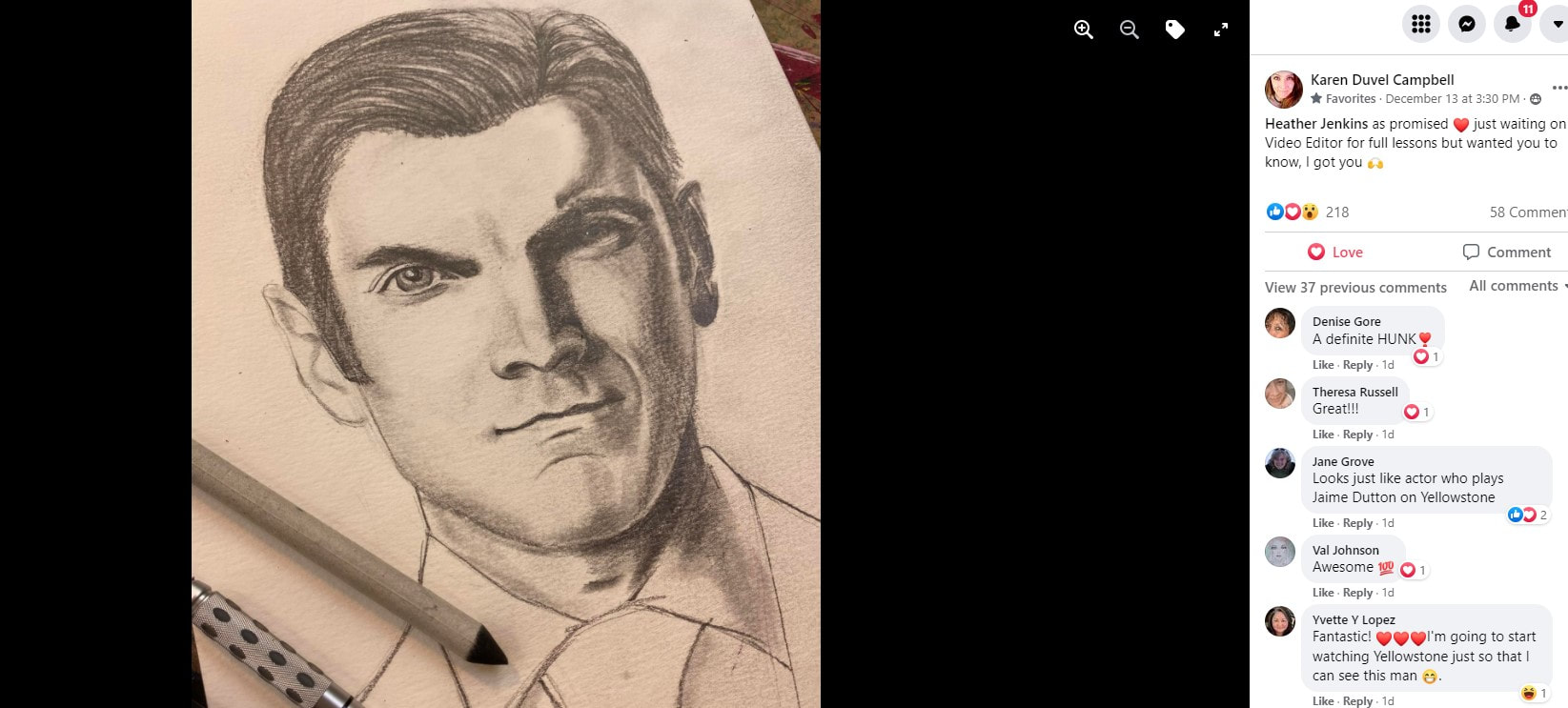









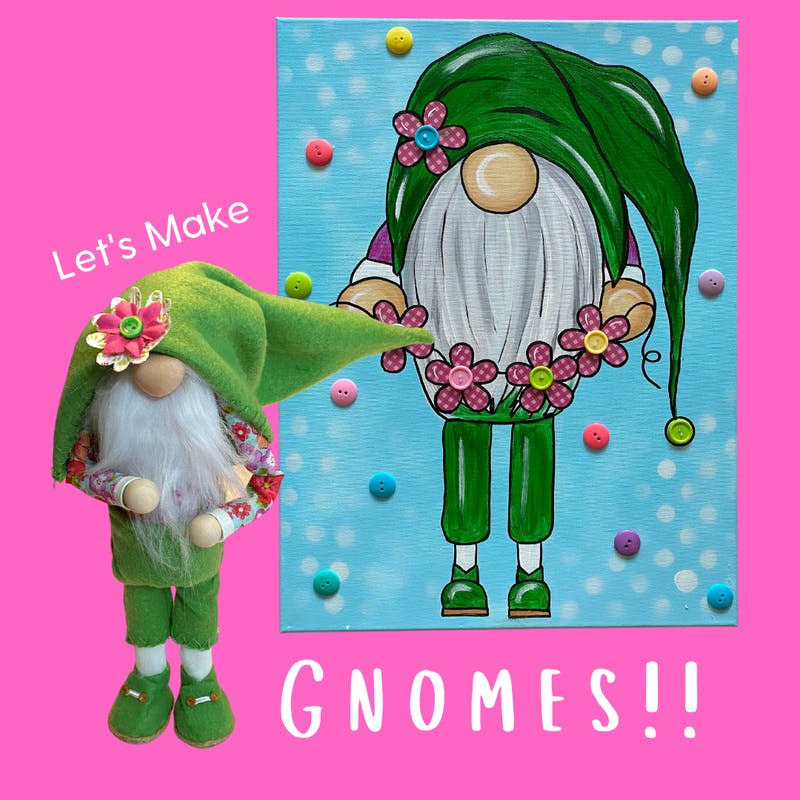



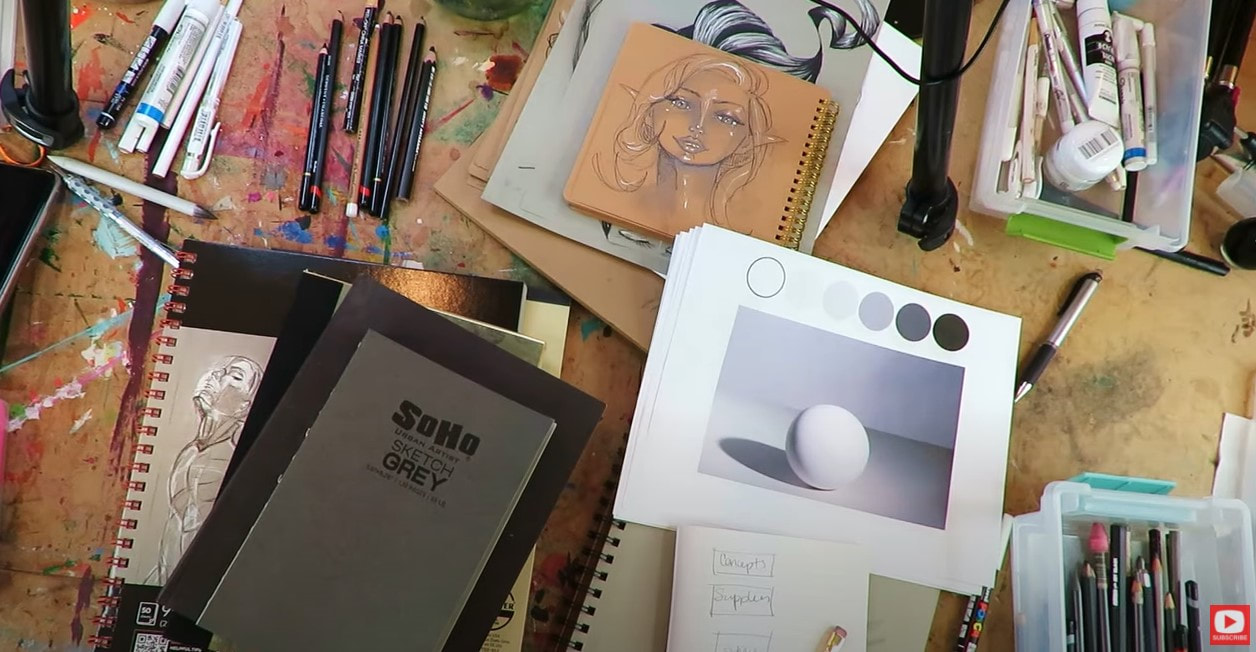


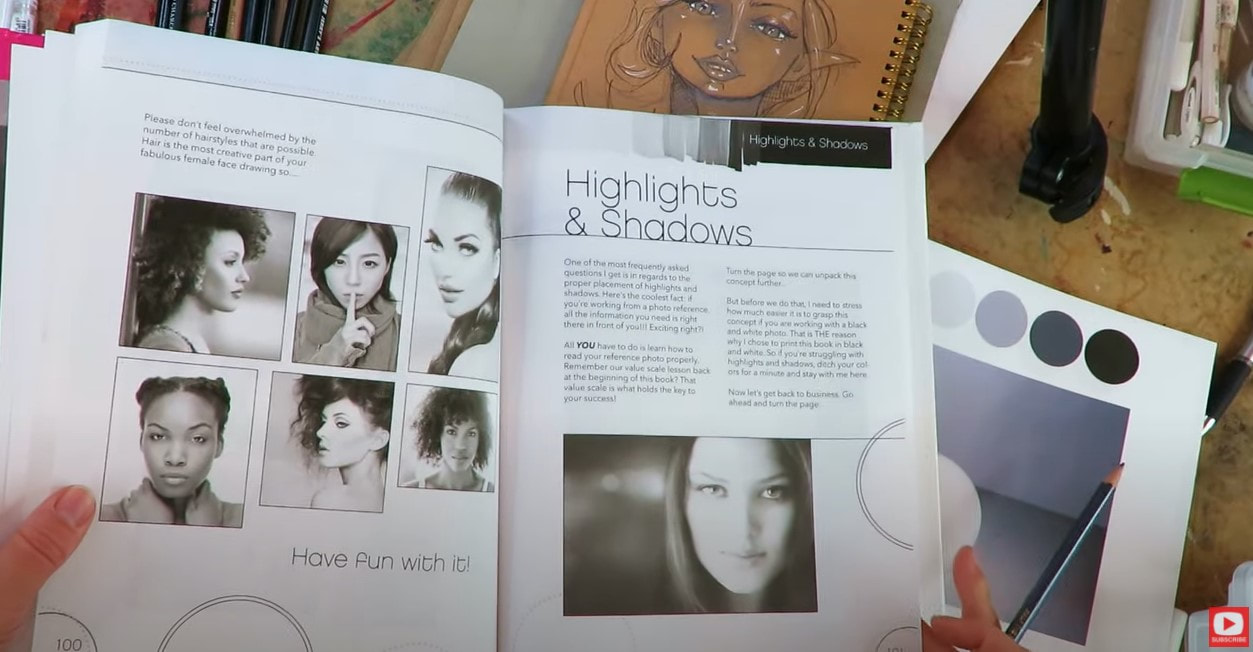



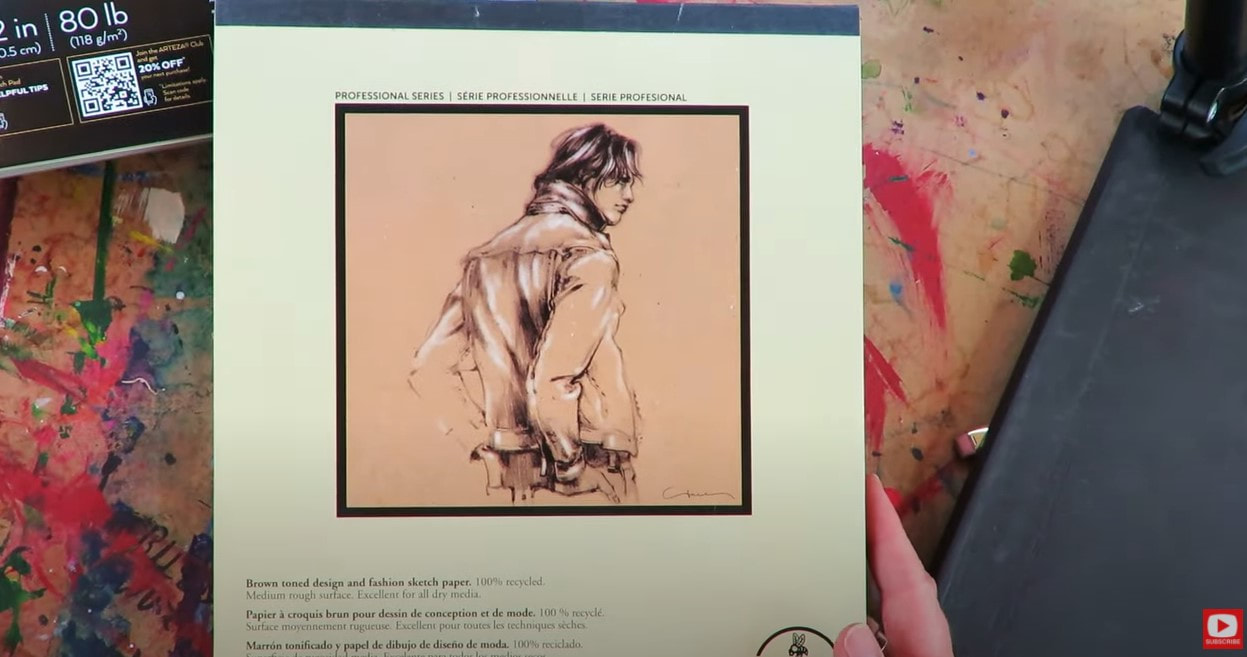













 RSS Feed
RSS Feed
